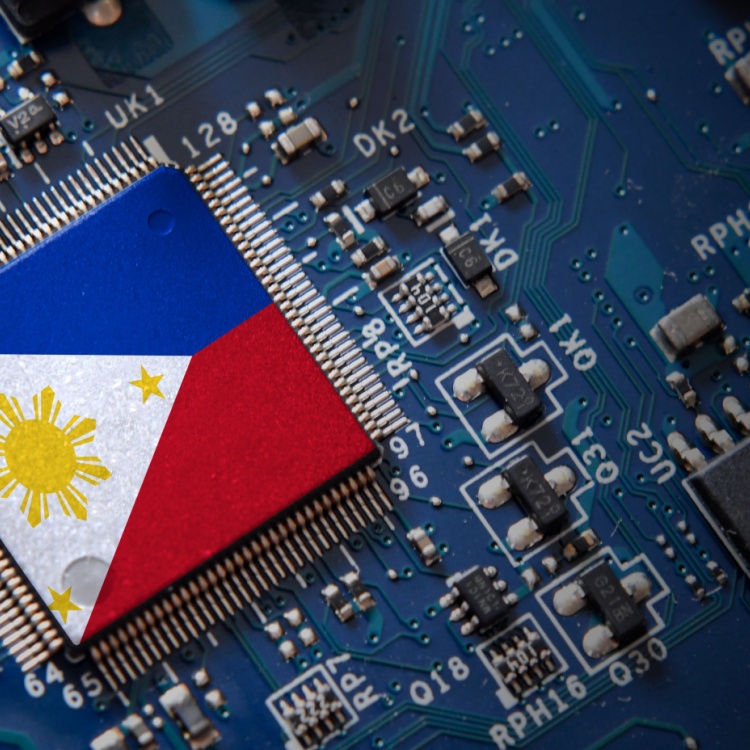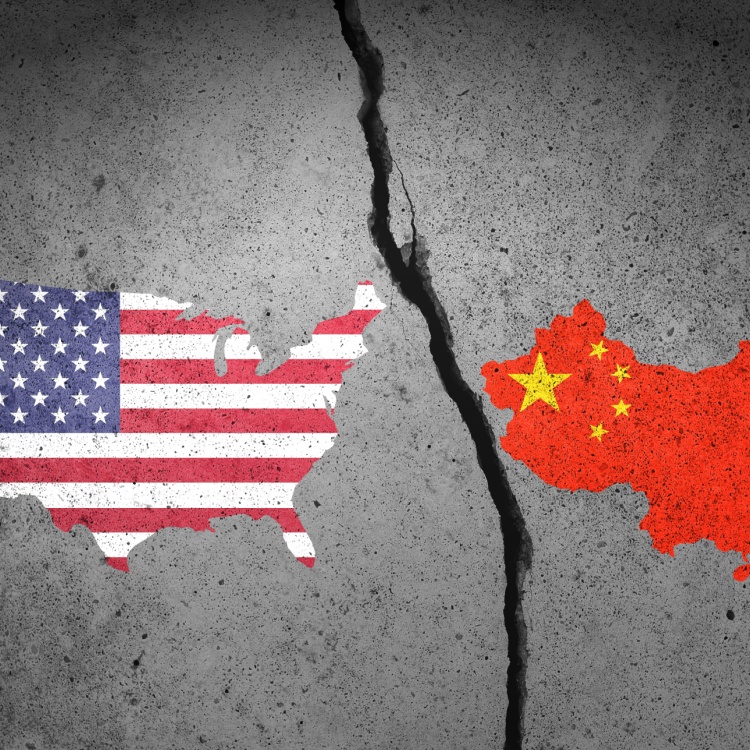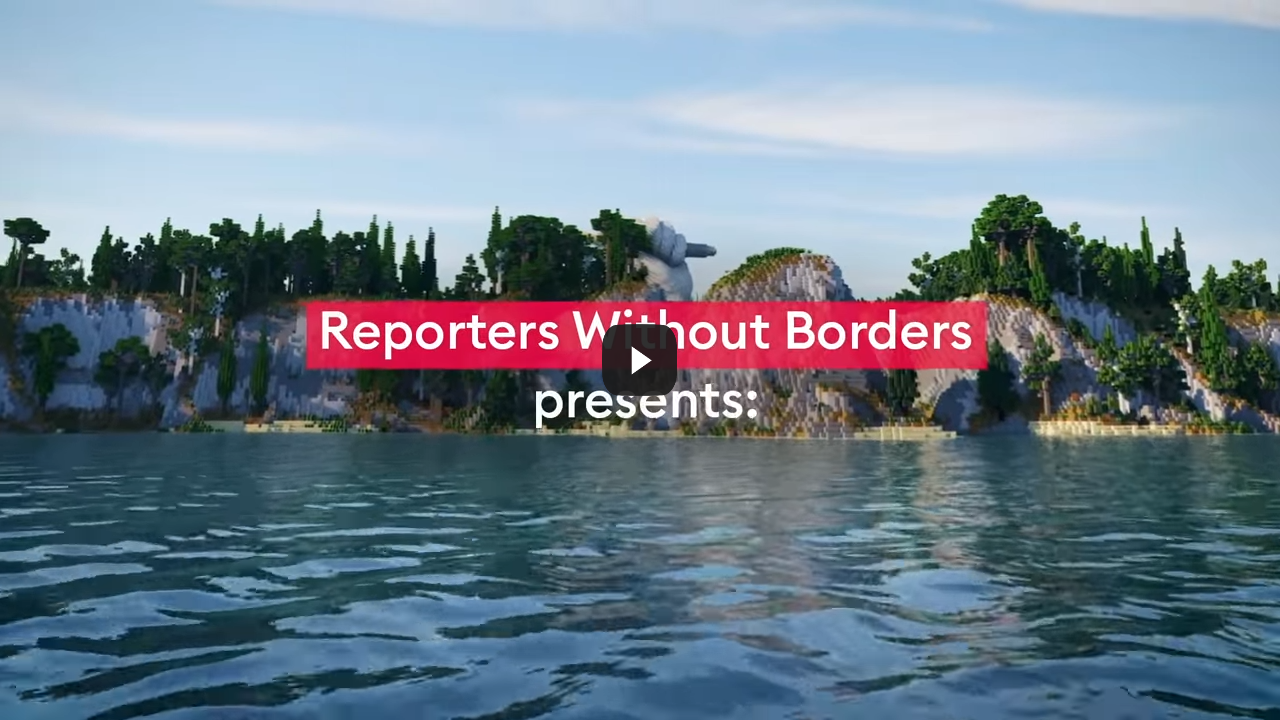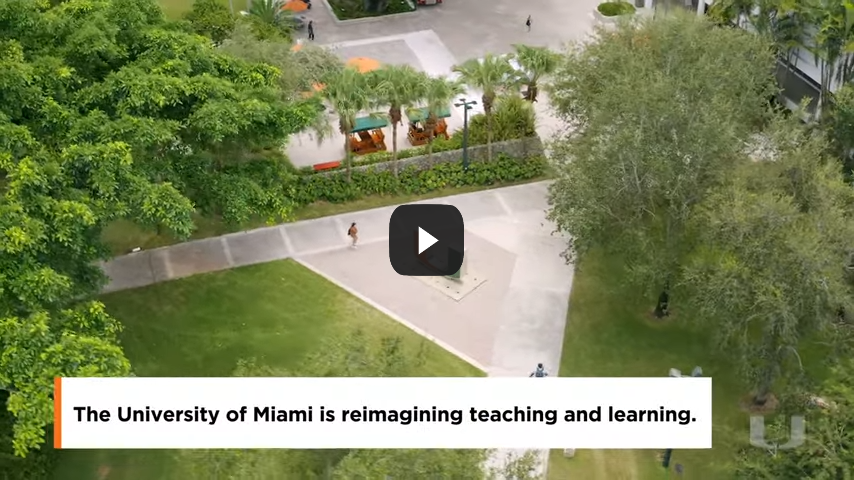How the Metaverse Can Transform Learning
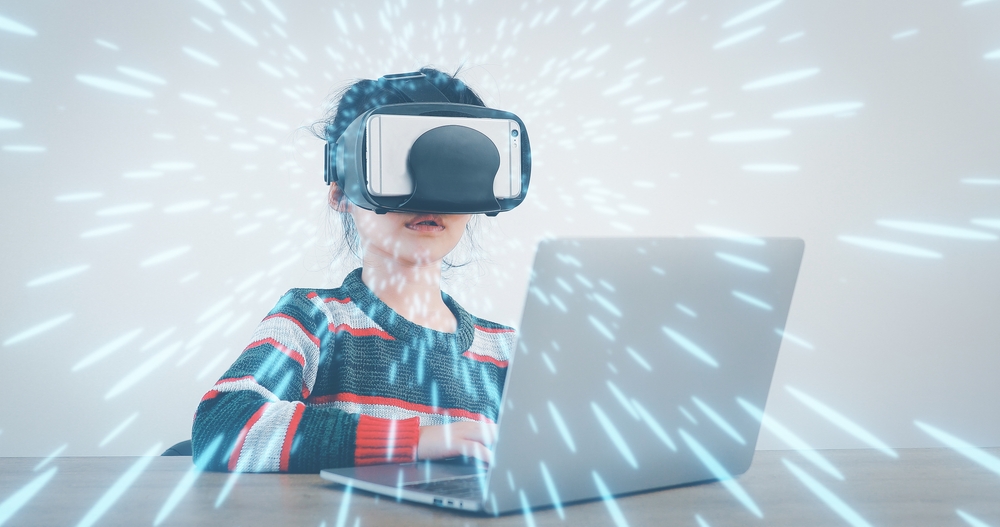
Discover how the metaverse can take learning beyond the confines of a classroom and into immersive and realistic learning experiences, transforming education as we know it.
Education in the metaverse can blur the lines between past and present, physical and virtual. It can eliminate the barriers that geography, disabilities, and special needs can place before a quality education. Read on to find out how the metaverse can transform learning as we know it. Discover which institutions have begun constructing new worlds to heighten the power and joy of learning.
(Also read: Are We Ready for the Metaverse?)
A classroom with no walls
Using virtual and augmented reality, educators and students can go beyond the four walls of a classroom and explore immersive learning experiences. They can travel back in time to live in ancient cities or across oceans to explore tropical rainforests. Subjects such as astrophysics and chemistry can be studied in greater detail. Students can observe different planets and stars up close. They can examine molecules from different angles and grasp more abstract concepts.
Virtual learning also enables greater access to high-quality education, regardless of where a student resides. With education taking place in the metaverse, geography will become one fewer hurdle for those eager to learn.
An interdisciplinary and practical approach
Through the interconnectedness of the metaverse, different subjects can be blended to demonstrate their connections. This interdisciplinary approach, combined with practical applications of theories, will make learning more holistic.
In addition, skills ranging from electrical wiring to surgery can be taught using virtual and augmented reality. Students can gain new skills or enhance current ones without the risk of life-threatening consequences.
(Also read: Augmented and Virtual Reality Finds its Place in the Real World)
An opportunity for customizable learning
With a metaverse education, students can learn at their own pace and their own way. Students who absorb more knowledge through discovery-based learning can conduct experiments in a safe environment, choosing educational pathways that reflect their interests, aptitude, and learning style.
Friendly competition to enhance learning
Using gamification in learning can keep students engaged and make lessons more enjoyable. Elements such as individual competitions and team battles help students absorb new information and test their mastery of the subject.
The metaverse will take gamification to a whole new level, where students are not just playing the game but are inside it. With VR/AR games, students can compete in immersive and realistic environments that keep them interested and engaged.
(Also read: Gamers Unite: Four Trends for 2022)
Virtual reality with a strong human connection
“Whether you’re an adult, or whether you’re a kid, maybe even more so when you’re a kid, learning from people is really important,” said Kathy Hirsh-Pasek, a Brookings senior fellow and lead author of the report A whole new world: Education meets the metaverse.
“That then raises the question as we create more wonderful experiences in the metaverse,” Hirsh-Pasek continued. “Does that mean [that] it’s good enough to just have an avatar by your side or should you really be having a teacher who’s guiding it? Should you be doing it as exploration with other human beings?”
For Hirsh-Pasek, the potential of the metaverse can only be reached if teachers and caregivers serve as guides. They can choose lesson plans based on topics or ideas that have sparked the interest of their students. Teachers can guide students in virtual environments that might stir up difficult emotions and help them push their limits and overcome learning or social challenges.
The metaverse is not a replacement for teachers,” the report writes. “Instead, it is a tool through which teachers can spark learning and social interaction in new ways.”
(Also read: EdTech: Tech for Teachers Today)
Building a metaverse education
From renowned learning institutions to tech industry players, find out who’s laying the foundation of education in the metaverse.
Roblox
Last November, the digital gaming platform announced a USD 10 million Roblox Community Fund (RCF) to “provide grants to educational organizations that develop curriculum and educational experiences that leverage our platform in immersive and compelling ways.”
Several institutions have received grants, including the Museum of Science in Boston, which will take users on a journey to the International Space Station, explore the moon’s surface, and tour an imagined settlement and science laboratory on Mars.
Reporters Without Borders
The world’s biggest NGO defending media freedom built The Uncensored Library within the computer game Minecraft. Composed of 12.5 million blocks and built over three months, the library contains articles that were censored in their country of origin.
“Young people grow up without being able to form their own opinions,” says Christian Mihr, managing director of Reporters Without Borders in Germany. “By using Minecraft, the world’s most popular computer game, as a medium, we give them access to independent information.“
University of Miami
Launched in 2018, the University of Miami’s XR Initiative brings together faculty, researchers, students, and staff interested in using extended reality (XR) technologies to improve education and find solutions to problems in their field.
Currently, the university has over forty XR projects in the pipeline, developing immersive learning experiences in healthcare, architecture, climate change, sustainability, behavioral research, and art history.
Meta
Facebook Reality Labs has invested USD 150 million to develop new XR training programs to create immersive educational content. The company is partnering with game engine developer Unity and massive open online course providers Coursera and EdX.
Leveraging technology for learning
According to a PwC assessment of using VR to learn soft skills, students learn four times faster with VR than in the classroom. In addition, they are 275% more confident in applying their skills after training and are 3.75% more emotionally connected to the content than classroom learners.
By combining in-person learning with the virtual classroom, a metaverse education platform sets the stage for an immersive, engaging, and personalized way to learn.
As one of the Top 21 EMS companies in the world, IMI has over 40 years of experience in providing electronics manufacturing and technology solutions.
We are ready to support your business on a global scale.
Our proven technical expertise, worldwide reach, and vast experience in high-growth and emerging markets make us the ideal global manufacturing solutions partner.
Let's work together to build our future today.
Other Blog
